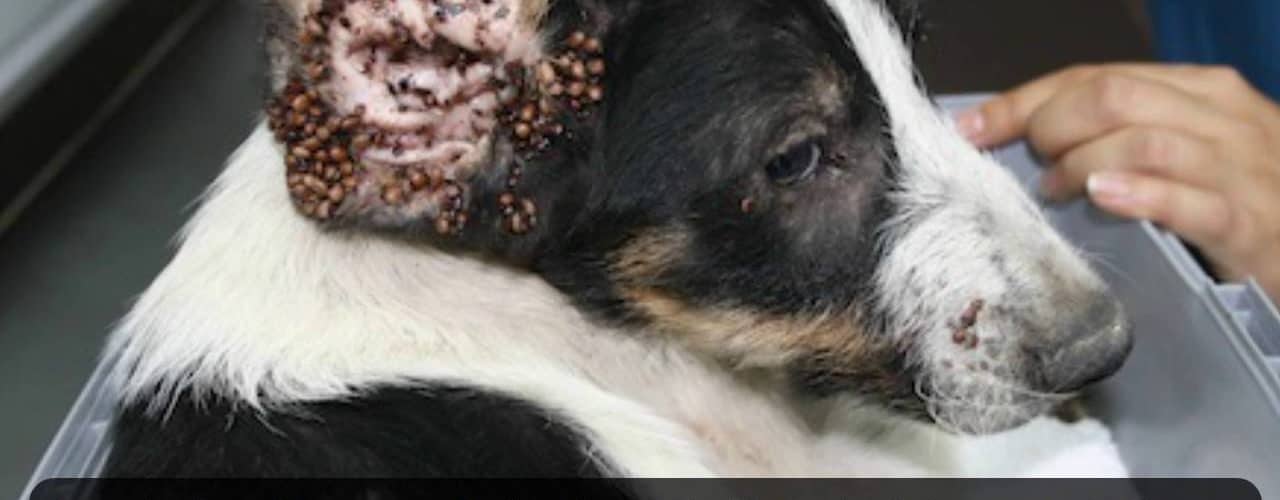Almost all pets who come into contact with thick vegetation in summer months will acquire at least one tick in their lifetime. Prompt attention and removal of ticks is crucial; these pests sometimes carry serious diseases, such as Lyme Disease which may be transmitted to the dog. Depending on the size of the tick when it is noticed, removal methods vary.
When ticks appear small and flat, they may be able to be removed by careful pulling. Before pulling the tick out, a small dab of oil should be placed around the site where the tick is. Also gather some tweezers, cotton balls and rubbing alcohol. After the oil has been sitting on the skin for about two minutes, it is time to remove the tick. For dogs who have trouble sitting still, another person’s help will be necessary to soothe the dog and hold him still. Once the dog has been settled and is calm, carefully pull the tick out in a straight motion in the exact angle it is positioned at. Immediately after this clean the area with a cotton ball soaked in rubbing alcohol.
Ticks that appear rounded are called “engorged” ticks. This means that the tick’s body has filled with blood from the dog it has attached itself to. Engorged ticks should never be pulled; this generally results in the body separating from the head. It is very important to ensure that the entire tick is removed. Never squeeze or try to pop the tick’s body as this is an easy way to spread disease and any other harmful matter housed by the tick. There are two methods for removing an engorged tick safely.
First, the dog owner should apply a small dab of oil to the site where the tick’s head is embedded on the dog. Let the oil sit for a minute, then gently move the tick in small circular motions so as not to sever the body. Often the motion will cause the engorged tick discomfort and result in the pest removing itself. Always avoid squeezing the tick while it is engorged. Squeezing may result in the tick regurgitating harmful matter back into the dog’s bloodstream. Sometimes dogs will be curious and want to see the tick, but it is better to avoid this as some dogs have been known to actually eat the pest.
If the motion method of removal is not successful, there is another way to remove the tick. Make sure another person is available to hold the dog and soothe him while the tick is being removed. Carefully push back the dog’s fur in directions pointing away from the tick and crease the fur so it is easy to see the body. Light a match and let it burn for two seconds, then quickly blow it out. Immediately after it has been blown out, touch the tip of the match to the end of the tick’s body for about 1 or 2 seconds. The instant application of heat against the tick’s body will cause it to remove its head quickly. Be careful not to burn the dog’s skin or singe his fur.
After the tick has been successfully removed, either dispose of it in a container or flush it down the toilet. Ticks should never be smashed, squeezed or set free because of the harmful substances they carry. The area where the tick was attached on the dog should be cleaned twice a day for two days after removal with rubbing alcohol. It is also important to monitor the dog in the following weeks for any signs of illness.



